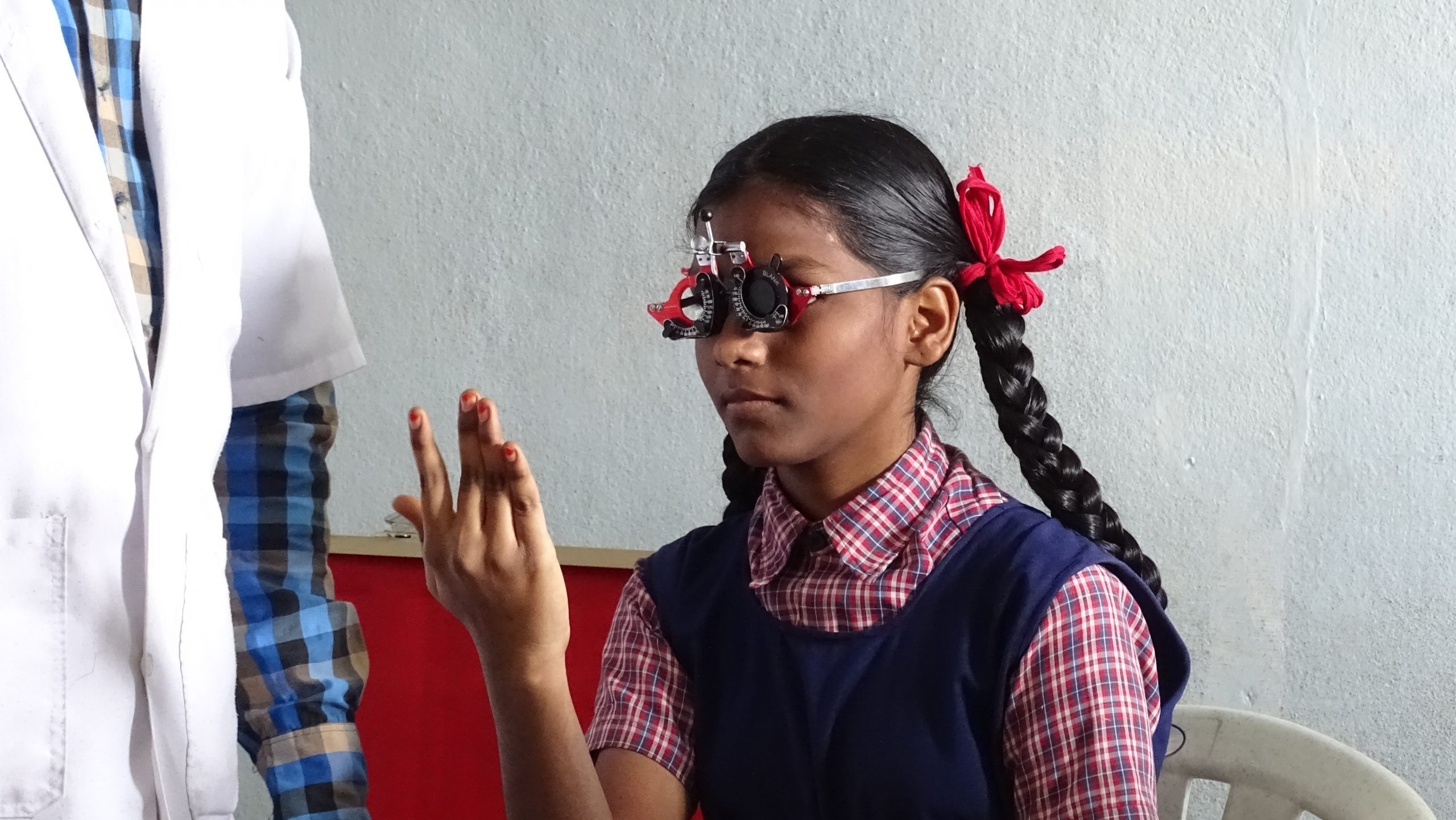Data for Eye Health
To tackle the challenge of global eye health appropriately, we must collect high-quality data. The more information we have about who experiences eye health conditions, and what is causing them, the better equipped we can be to develop strategies to treat them.
Data can be collected as part of service delivery programmes, by routine health information systems, or by population-based surveys. At ICEH, we have been at the forefront of generating population-based data for the eye health community for many years.
ICEH researchers have worked with collaborators to complete national comprehensive population-based eye health surveys in The Gambia (2019, 1996, 1986), Sri Lanka (2013-2014), Nigeria (2005-2007), Pakistan (2002-2003) and Bangladesh (1999-2000).
In addition, ICEH has long been involved with the Rapid Assessment of Avoidable Blindness survey methodology, and since 2018 has managed the programme previously developed and run by Hans Limburg.
RAAB provides data for planning and evaluating eye care services but has also provided the majority of global blindness prevalence and cause source data and the majority of data for tracking WHO’s 2030 targets for effective cataract surgical coverage (eCSC) and effective refractive error coverage (eREC).
Our research also involves the development and validation of a planning tool for School Eye Health programmes: the School Eye Health Rapid Assessment (SEHRA).

The Rapid Assessment of Avoidable Blindness
The Rapid Assessment of Avoidable Blindness (RAAB) is a rapid survey methodology that has been used to complete over 380 surveys of vision impairment and blindness in more than 80 countries since 2000.

School Eye Health Rapid Assessment
To learn effectively, children need to be able to see clearly. The School Eye Health Rapid Assessment (SEHRA) allows the planning, implementing and monitoring of school eye health programmes.
Data for Eye Health
To tackle the challenge of global eye health appropriately, we must collect high-quality data. The more information we have about who experiences eye health conditions, and what is causing them, the better equipped we can be to develop strategies to treat them.
Data can be collected as part of service delivery programmes, by routine health information systems, or by population-based surveys. At ICEH, we have been at the forefront of generating population-based data for the eye health community for many years.
ICEH researchers have worked with collaborators to complete national comprehensive population-based eye health surveys in The Gambia (2019, 1996, 1986), Sri Lanka (2013-2014), Nigeria (2005-2007), Pakistan (2002-2003) and Bangladesh (1999-2000).
In addition, ICEH has long been involved with the Rapid Assessment of Avoidable Blindness survey methodology, and since 2018 has managed the programme previously developed and run by Hans Limburg.
RAAB provides data for planning and evaluating eye care services but has also provided the majority of global blindness prevalence and cause source data and the majority of data for tracking WHO’s 2030 targets for effective cataract surgical coverage (eCSC) and effective refractive error coverage (eREC).
Our research also involves the development and validation of a planning tool for School Eye Health programmes: the School Eye Health Rapid Assessment (SEHRA).
The Rapid Assessment of Avoidable Blindness
The Rapid Assessment of Avoidable Blindness (RAAB) is a rapid survey methodology that has been used to complete over 380 surveys of vision impairment and blindness in more than 80 countries since 2000.
School Eye Health Rapid Assessment
To learn effectively, children need to be able to see clearly. The School Eye Health Rapid Assessment (SEHRA) allows the planning, implementing and monitoring of school eye health programmes.
